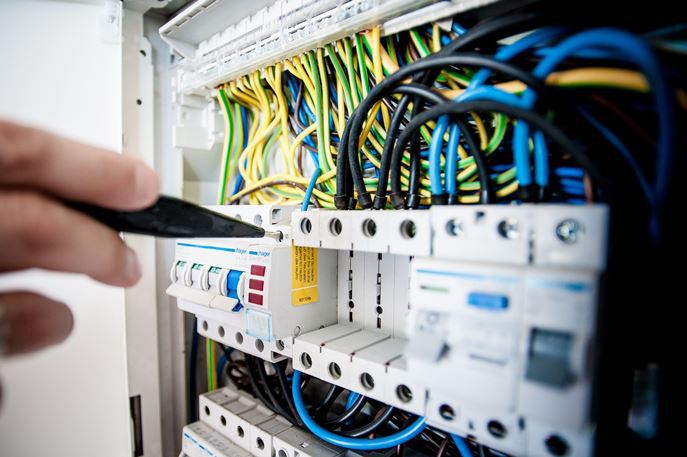by Richard DeBusk, CSP |
Electricity has long been recognized as a serious workplace hazard. OSHA’s Electrical Standards (Subpart S general industry and Subpart K construction) or state equivalent standards require employers to provide safety training to employees who are exposed to electrical hazards and are designed to protect employees exposed to such dangers as electric shock, electrocution, fires and explosions.
OSHA’s Subpart S, 1910.332 provides details on specific electrical hazards and which employees are required to receive electrical safety training. Examples of employee job categories that are exposed to an elevated electrical hazard include electrical and electronic engineers, equipment assemblers and technicians; industrial machine and material handling equipment operators; mechanics and repairers; and painters and welders.
While the need for electrical safety training for electricians and electrical maintenance staff is clear, there are other work tasks that present an elevated electrical hazard that may be less apparent, such as removing electrical covers for painting, opening electrical panels or doors for visual observation or operating equipment inside the panel and resetting circuit breakers. Even employees who operate industrial electrical equipment with all the doors and covers closed may still require safety training to ensure electrical equipment is operating normally.
If employees operate general electrical equipment such as light switches, microwave ovens or use portable electrical cords and tools, they are not working at an elevated electrical hazard unless the equipment is not operating normally, but some electrical safety awareness training may still be helpful.
In general, there are three levels of electrical safety training:
- Safety training for qualified electrical workers – those authorized to work on live electrical circuits and equipment.
- Task-specific safety training for those who are not authorized to work on live electrical equipment but who work at an elevated electrical risk, such as opening electrical panels or covers or resetting electrical breakers.
- Awareness-level safety training that provides general electrical safety practices such as keeping covers on equipment or inspecting electrical cords before use.
As a final check, ask your staff if they feel prepared to work safely with the electrical tasks their jobs require. If they reply yes, you are on the right track. If they identify other electrical tasks for which they have not received training, make an adjustment in your safety training to cover these tasks. Remember that many workers are unaware of the potential electrical hazards present in their work environment, so it is up to employers to make sure employees know how to work safely around all electrical equipment.

Richard DeBusk has over 25 years of experience building partnerships with clients who want to improve their safety performance and is an instructor with the OSHA Training Institute Education Center at Chabot-Las Positas Community College District. He has extensive experience with industrial safety, electrical safety, lockout/tagout, accident investigation, construction safety, ergonomics, industrial hygiene, safety auditing, and emergency and fire services. He supports projects that have achieved national recognition for safety excellence (VPP STAR). Richard is also a veteran with four years of active service and five years reserve service in the U.S. Coast Guard.

